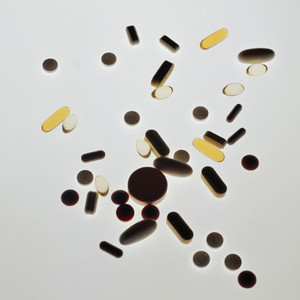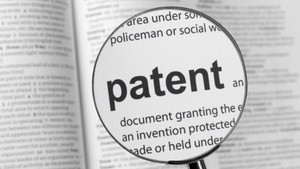The stage is set for the entrance of biosimilars into the healthcare market. Patents are near expiry on the first biopharmaceuticals and the global biosimilars market is predicted to be worth more than Euros 1.5 billion by 2015. However, development costs will be high, unlike with generic drugs, the time taken to develop biosimilars is long, and acceptance on the market is not guaranteed.
The hurdles to biosimilars in Europe
Biosimilars/General
|
Posted 19/11/2010
 0
Post your comment
0
Post your comment

In Europe, there is now a very clear legal pathway for the approval of biosimilars, unlike in the US. Following the revision of the EU legislation, guidelines have been produced to provide further direction to companies intending to bring biosimilars to the EU market. To date, six biosimilars have been approved: two granulocyte colony-stimulating factor products, two erythropoietins (EPOs), and two somatropins; two have been turned down (insulin and interferon-alpha). Therefore, approval cannot be considered as a foregone conclusion.
Nevertheless, the high cost of biological drugs, combined with the need to cut spending in the pharmaceutical market, means that Europe welcomes these products. It is clearly understood that biosimilars cannot directly substitute the originator products. However, clinicians are willing to use them instead of the originator products, as they trust the regulatory system to set high standards for safety and efficacy. EPO and insulin biosimilars lead the way as their effects are visible immediately. Growth hormone is given primarily to children and effects are visible only over the longer term, so tolerance of risk and reduced efficacy may be lower. Other biologicals are in fact so complex that they will not be suitable for development as biosimilars. But for the right compounds, the concept of biosimilars has been established in Europe.
Pricing of biosimilars has already begun to affect the market for biologicals. For example, France’s compulsory price discounts for generic drugs have been applied to EPO and somatropin biosimilars. The ensuing mandatory price reductions for the originator in the French system have made prices roughly equivalent. In Germany, EPO and somatropin are included in the reference pricing system. Quotas and guidelines enforce the use of biosimilars regionally and tenders are likely to be applied to biologicals in the future.
The potential effect of price controls on the biologicals’ markets is illustrated by EPO in Germany. A cascade of price reductions followed the creation of a fixed reference price group in 2007 and the entry of three biosimilars later that year – at 30% below the originator price. A price reduction by the originator was followed by further price reductions by the biosimilars and then again by one of the originators. It seems logical that a limited number of companies will consider it worth developing a biosimilar, but apparently enough that competition does develop.
If indeed there is a potential for price wars, and the regulatory barriers are difficult to surmount, will this discourage manufacturers from developing biosimilars? Not according to Mr Cecil Nick, Parexel Consulting, UK. “Biosimilars will eventually bring down the cost of biological medicines and in doing so will expand the market”.
Related articles
Biosimilars’ hurdles in the US
Hurdles to biosimilars in Asia
The current EU regulatory framework governing biosimilars
Hurdles to entering the biosimilars’ market
Regulatory recommendations for biosimilars in the EU
Licensing of biosimilars in Europe
Source: Nick C. Biosimilars: What lies ahead? Asian Hospital and Healthcare Management.
Research
Reaching ESG goals in pharmaceutical development
What is the future for the US biosimilar interchangeability designation
News
FDA approves six denosumab biosimilars
EMA recommends approval for four biosimilars targeting three therapies
Most viewed articles
The best selling biotechnology drugs of 2008: the next biosimilars targets
Global biosimilars guideline development – EGA’s perspective
Related content
Samsung Bioepis wins Pyzchiva case; Regeneron patent rulings threaten foreign biosimilars
Chinese biosimilars go global: growth, partnerships, and challenges
Stelara biosimilars enter US market with 85% discount in 2025
IFPMA publishes position on pharmacy-mediated substitution for biosimilars
Samsung Bioepis wins Pyzchiva case; Regeneron patent rulings threaten foreign biosimilars

Biosimilars/General Posted 30/07/2025
Chinese biosimilars go global: growth, partnerships, and challenges

Biosimilars/General Posted 30/04/2025
IFPMA publishes position on pharmacy-mediated substitution for biosimilars

Biosimilars/General Posted 21/03/2025
The best selling biotechnology drugs of 2008: the next biosimilars targets







Post your comment